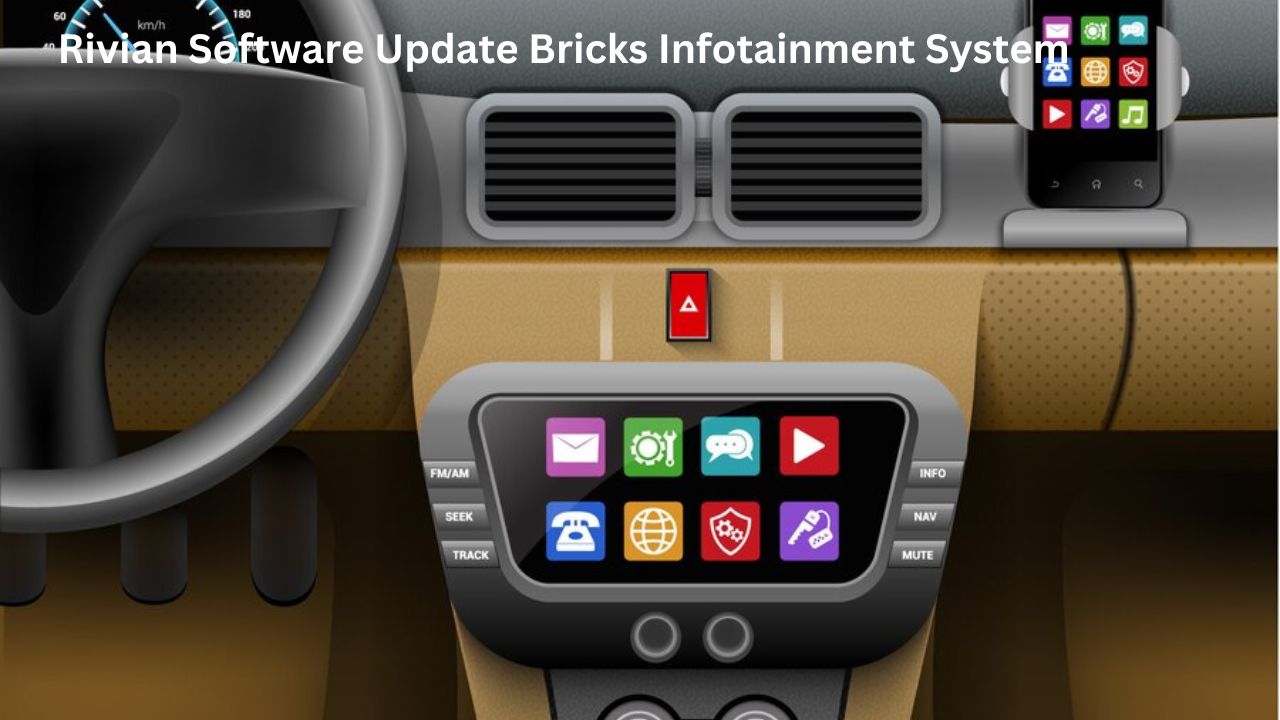In today’s rapidly evolving digital world, access to high-speed internet is no longer a luxury but a necessity. Many regions across the United States have struggled to provide reliable broadband access. This struggle sparked an interest in developing alternative solutions to bridge the digital divide. One such solution was iProvo, a municipal fiber-optic network launched in the city of Provo, Utah. It aimed to provide affordable, high-speed internet access to residents and businesses. iProvo’s story is a landmark chapter in the evolution of broadband infrastructure and municipal networks across the country.
This article delves deep into the history of iProvo, the challenges it faced, and its long-term impact on municipal broadband initiatives.
The Origins of iProvo: Addressing the Broadband Gap
Back in the early 2000s, Provo residents faced significant challenges when it came to high-speed internet access. The city’s reliance on private internet service providers (ISPs) limited competition, leaving many with poor service and high prices. To address these issues, Provo city officials decided to take matters into their own hands.
The idea of a municipal fiber-optic network began gaining traction as local government leaders sought ways to improve broadband access for their residents. They recognized that relying solely on private companies wouldn’t address the growing demand for faster, more reliable internet services. In response, the city launched iProvo in 2004—a municipally owned fiber network designed to provide affordable, high-speed internet to homes and businesses.
This ambitious project placed Provo among the first cities in the United States to pursue a city-owned fiber-optic network, signaling a shift in how municipalities approached broadband infrastructure.
How iProvo Worked: A Fiber-Optic Backbone
At its core, iProvo was a fiber-to-the-home (FTTH) network. This meant it delivered fiber-optic cables directly to each home or business, offering faster speeds and higher reliability than traditional copper or DSL lines. The fiber-optic backbone allowed iProvo to offer internet speeds far exceeding what most residents had experienced at the time.
The fiber network was designed to provide service through multiple ISPs rather than act as a monopoly. This open-access model encouraged competition and ensured that residents could choose their preferred service provider while benefiting from the superior infrastructure that fiber-optic technology offered.
With a robust infrastructure in place, iProvo promised to revolutionize the local internet market, providing residents with an alternative to the slow, unreliable connections offered by private providers.
The Vision Behind iProvo
The creators of iProvo believed that investing in a city-owned broadband network would offer more than just better internet service. They viewed the network as a means to spur economic growth, attract new businesses, and boost educational opportunities. By providing affordable and reliable internet access, the city hoped to enhance the overall quality of life for its residents.
City officials also understood the growing importance of digital infrastructure in a connected world. With industries such as technology and education increasingly relying on high-speed internet, Provo wanted to ensure that its residents were not left behind in the digital revolution.
Challenges Faced by iProvo: Financial Struggles and Controversy
While the vision behind iProvo was bold and forward-thinking, the project encountered numerous challenges. One of the most significant hurdles was the financial burden associated with building and maintaining a fiber-optic network. Constructing a fiber network required a substantial upfront investment, and the costs quickly added up.
To finance the project, the city took on millions of dollars in bonds. Although officials expected revenue from ISPs using the network to cover these costs, the anticipated profits didn’t materialize as quickly as hoped. Subscriber numbers were lower than projected, and iProvo struggled to generate enough revenue to cover its expenses.
In addition to financial challenges, iProvo faced pushback from private ISPs who were opposed to the idea of a city-owned network. These companies argued that municipal broadband efforts amounted to government interference in the free market. Legal battles and lobbying efforts added further complications to the project’s success.
Google Fiber Acquisition: A New Chapter for iProvo
By 2008, the financial difficulties of iProvo had become clear. The city was unable to sustain the network on its own, prompting local officials to explore other options. In 2013, Provo struck a deal with Google Fiber to take over the network and provide high-speed internet services to residents. Google Fiber offered to lease the fiber infrastructure for a symbolic fee of $1 and promised to upgrade the network while providing free internet to public institutions like schools and libraries.
This acquisition marked a new chapter for iProvo, as Google Fiber’s resources and technical expertise allowed the network to realize its full potential. Google Fiber continued to operate the network under its own brand, bringing gigabit-speed internet to Provo and expanding the reach of the original municipal network.
The Impact of iProvo on Broadband Policy and Municipal Networks
Despite its financial struggles, iProvo played a significant role in shaping the future of municipal broadband in the United States. The network’s pioneering efforts showed that cities could take an active role in providing high-speed internet to their residents, challenging the monopoly held by private ISPs.
iProvo’s story influenced other cities to consider developing their own municipal broadband networks. It demonstrated both the potential benefits and the challenges of such initiatives. Many cities across the country followed suit, launching their own fiber networks to improve internet access and promote competition.
The network also contributed to the broader national conversation about net neutrality and the importance of open-access networks. iProvo’s open-access model encouraged competition among ISPs, giving consumers more choice and better service.
Lessons Learned from iProvo’s Experience
While iProvo faced several setbacks, it offered valuable lessons for other municipalities considering similar projects. One of the key takeaways was the importance of careful financial planning. Constructing a fiber-optic network required significant investment, and municipalities needed to have a clear plan for generating revenue to sustain the network over time.
Additionally, iProvo highlighted the need for strong community support. Successful municipal broadband projects often depend on local buy-in, as well as collaboration with public and private partners. Community outreach and engagement play a crucial role in ensuring that residents understand the benefits of a city-owned network.
The Role of Municipal Networks in the Digital Future
Today, the need for reliable, high-speed internet is greater than ever before. Municipal networks like iProvo have the potential to play a critical role in bridging the digital divide, especially in underserved areas where private ISPs may not have the incentive to invest in infrastructure.
As cities across the country grapple with the challenge of providing broadband access to all residents, iProvo’s story remains relevant. While the network faced difficulties, its creation sparked a national conversation about the role of local governments in broadband policy. Municipal fiber networks can offer a viable solution for cities looking to ensure that their communities remain connected in an increasingly digital world.
The Legacy of iProvo
Although iProvo eventually transitioned to Google Fiber, its legacy continues to shape broadband policy in the United States. The project’s early efforts to bring high-speed internet to an entire city served as a model for future municipal broadband initiatives. It demonstrated that local governments could step in when private ISPs failed to meet the needs of their communities.
The network also helped to normalize the idea of open-access networks, which prioritize competition and consumer choice. By allowing multiple ISPs to operate on a single network, iProvo encouraged a more competitive marketplace for internet services.
Conclusion
iProvo may not have achieved long-term financial success on its own, but its impact on broadband infrastructure and municipal networks is undeniable. It broke new ground by showing that cities could take control of their own digital destinies and provide better services to their residents. iProvo paved the way for future municipal broadband projects across the United States, many of which have since followed in its footsteps.
As the digital age continues to evolve, municipal fiber networks like iProvo will play an increasingly important role in ensuring equitable access to high-speed internet. With the lessons learned from iProvo’s experience, future projects can better navigate the challenges and opportunities that come with building a city-owned broadband network.
FAQs
What was the purpose of iProvo?
iProvo aimed to provide affordable, high-speed internet access to Provo residents through a municipally owned fiber-optic network.
Why did iProvo face financial challenges?
The network struggled to attract enough subscribers, making it difficult to generate the revenue needed to cover the costs of building and maintaining the infrastructure.
How did Google Fiber get involved with iProvo?
In 2013, Provo struck a deal with Google Fiber to take over the network, allowing the tech giant to manage and upgrade the system while offering high-speed services.
What is the open-access model?
An open-access model allows multiple ISPs to offer services on the same network infrastructure, encouraging competition and giving consumers more choices.
What was iProvo’s impact on municipal broadband?
iProvo inspired other cities to consider municipal broadband projects, highlighting both the potential benefits and challenges of city-owned networks.
How did iProvo influence broadband policy in the U.S.?
iProvo played a role in shaping national conversations about net neutrality, competition, and the role of local governments in providing internet services.











